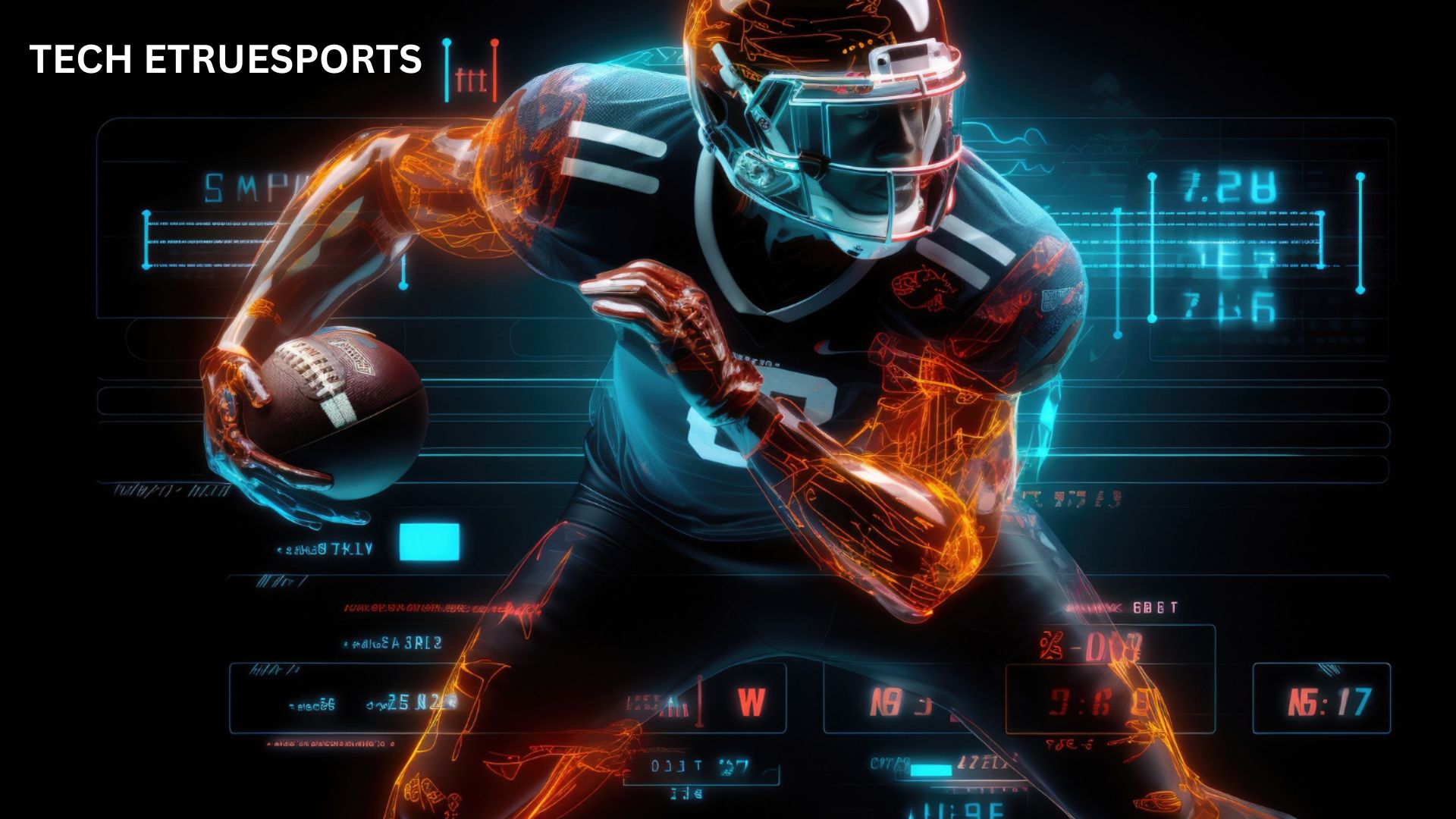Introduction
The rise of Tech etruesports, or electronic sports, has taken the world by storm. What was once a niche pastime has transformed into a global phenomenon, where millions of fans tune in to watch professional gamers compete at the highest level. At the heart of this meteoric growth lies one undeniable factor: technology. From state-of-the-art gaming equipment to immersive virtual experiences, tech innovations have propelled eSports into a billion-dollar industry. But how did this happen? And why is eSports considered the future of entertainment? Let’s dive in and explore the incredible relationship between technology and eSports.
The Evolution of Tech etruesports
From Arcade to Arena: A Historical Perspective
The Tech etruesports journey began in humble settings—arcades and LAN parties where friends gathered to play games like “Street Fighter” or “Quake.” In the early 1980s, games like “Space Invaders” even hosted competitive tournaments. As the gaming industry evolved, so did the infrastructure surrounding it. The advent of online gaming in the late 1990s marked a turning point, enabling players worldwide to compete in real-time.
Fast forward to today, and Tech etruesports events fill entire arenas, with fans cheering for their favorite teams in games like “League of Legends” and “Counter-Strike.” These events rival traditional sports in scale, with millions watching live streams on platforms like Twitch and YouTube Gaming. What sparked this transformation? The rapid advancements in technology made it all possible.
The Role of Online Multiplayer Platforms
Online multiplayer platforms like Steam, Xbox Live, and PlayStation Network have made competitive gaming more accessible than ever. These platforms offer matchmaking systems, leaderboards, and even built-in spectator modes, creating an ecosystem where players can compete, collaborate, and showcase their skills to the world. Without such platforms, the competitive gaming scene would lack the connectivity and exposure it enjoys today.

Impact of Technology on eSports
High-Speed Internet and Cloud Gaming
One of the most significant factors driving eSports is the availability of high-speed internet. Fiber-optic connections and 5G technology ensure seamless gameplay, even in high-stakes competitive environments. Low latency and fast data transfer are critical for games where a fraction of a second can mean victory or defeat.
Cloud gaming services like NVIDIA GeForce Now and Xbox Cloud Gaming are also changing the landscape. These services eliminate the need for expensive hardware, enabling more people to participate in eSports by streaming games directly from powerful remote servers. The result? A more inclusive and competitive ecosystem.
Gaming Hardware: Consoles, PCs, and Accessories
Gaming hardware has evolved dramatically over the years. Today, professional gamers rely on ultra-powerful PCs equipped with cutting-edge GPUs, lightning-fast processors, and responsive keyboards and mice. Similarly, high-refresh-rate monitors and ergonomic chairs ensure that players can perform at their peak during long sessions.
Console gaming, too, has kept pace with technological advancements. Devices like the PlayStation 5 and Xbox Series X offer breathtaking graphics and smooth gameplay. Moreover, accessories such as gaming headsets, customizable controllers, and VR peripherals enhance the overall experience, making eSports more thrilling for players and spectators.
AI and Data Analytics in Competitive Gaming
Artificial intelligence (AI) is pivotal in eSports by providing players with valuable insights. AI-powered tools analyze gameplay data to identify strengths, weaknesses, and strategies. Teams and players can use this information to refine their skills and gain a competitive edge.
Beyond player training, AI is also used in matchmaking algorithms, ensuring fair and balanced competition. In addition, data analytics tools help organizers optimize tournaments, track audience engagement, and even predict game outcomes, creating a more immersive experience for fans.
Tech etruesports Broadcasting and Streaming Technologies
Live Streaming Platforms and Their Role
Platforms like Twitch, YouTube Gaming, and Facebook Gaming have become the backbone of esports broadcasting. These services allow fans to watch live matches, interact with players, and donate to their favorite streamers. With millions of daily viewers, these platforms are not just avenues for entertainment—they’re also powerful marketing tools for brands and game developers.
Integrating features like chat rooms, live polls, and interactive overlays makes the viewing experience highly engaging. Furthermore, advanced streaming technology ensures that broadcasts are smooth and free of disruptions, even during peak traffic times.
Advanced Graphics and Real-Time Commentary Tools
Modern broadcasting tools leverage advanced graphics to display real-time stats, replays, and game highlights. Commentary tools with AI-driven analytics provide in-depth insights during matches, helping fans understand complex strategies and key moments.
Additionally, multi-camera setups and drone footage capture every angle of the action. These innovations elevate the production quality of eSports events and bring them closer to the standard of traditional sports broadcasting.
The Role of AI and Machine Learning in eSports
AI-Powered Player Training
AI has become a game-changer in eSports player training. AI can pinpoint player strengths, weaknesses, and habits by analyzing vast amounts of gameplay data. Professional teams use these insights to improve strategies and enhance individual performances. For example, AI can simulate opponent strategies, allowing players to prepare for specific scenarios during high-stakes matches.
AI also powers tools like personalized coaching apps. These apps analyze replays and provide targeted feedback, making professional-level coaching accessible to gamers worldwide. Whether you’re a casual gamer or a professional competitor, AI-driven training is helping players elevate their game.
Improving Matchmaking and Game Balance
One of the most frustrating experiences in online gaming is uneven matchmaking. AI has significantly improved matchmaking systems by analyzing player skill levels, performance history, and playstyles to create balanced teams. This ensures fair competition and a more enjoyable gaming experience for all participants.
Beyond matchmaking, AI is also used to maintain game balance. Developers analyze data from millions of matches to identify overpowered characters, weapons, or abilities. By fine-tuning these elements, AI helps keep games competitive and enjoyable for players of all skill levels.

The Future of Tech in eSports
Innovations to Watch
As technology evolves, so will eSports. Innovations like quantum computing, 8K gaming, and advanced motion capture systems promise to redefine competitive gaming. Integrating blockchain technology could also revolutionize how eSports teams manage contracts, prize pools, and in-game assets.
Another trend to watch is the development of haptic feedback devices. These wearable gadgets could simulate real-world sensations, adding a new layer of immersion to competitive gaming. With such advancements on the horizon, the future of eSports looks incredibly exciting.
Sustainability in eSports Technology
As the gaming industry grows, so does its environmental footprint. Many tech companies are now focusing on creating sustainable gaming hardware and energy-efficient servers. Initiatives like carbon-neutral tournaments and eco-friendly packaging demonstrate a commitment to reducing the environmental impact of Tech etruesports.
Conclusion
Technology has been the driving force behind eSports’ rise, transforming it into a global entertainment powerhouse. From high-speed internet and AI-driven analytics to VR experiences and mobile gaming, tech innovations have revolutionized how we play, watch, and experience competitive gaming. As eSports continues to grow, the collaboration between technology and gaming will only deepen, creating new opportunities for players, fans, and businesses. The future of eSports is bright, and technology will remain at the heart of this dynamic and ever-evolving industry.
Also Read: Nissan GTR – A Comprehensive Guide to the Iconic Sports Car














1 comment